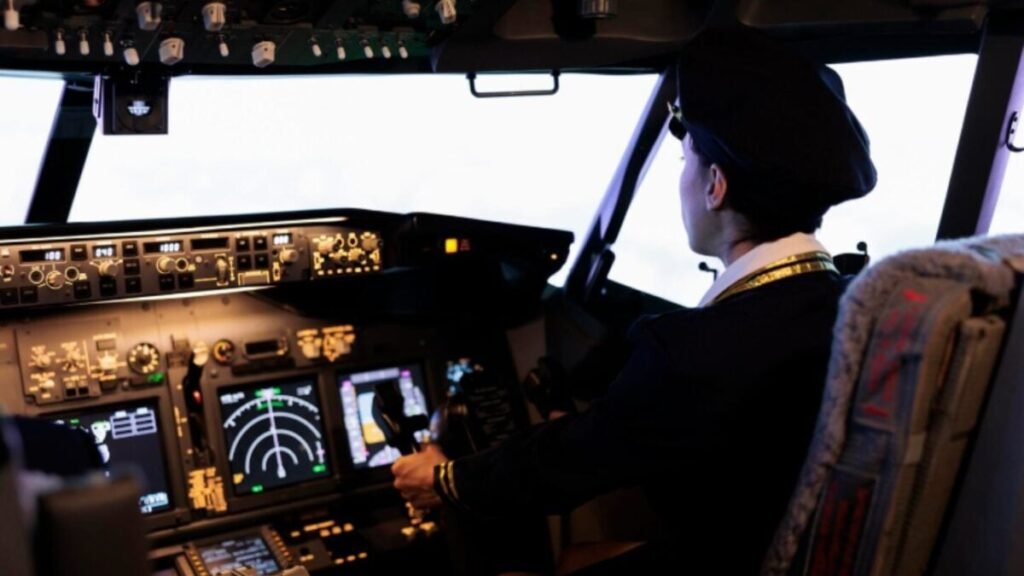Quantum Navigation Technology Poised to Replace GPS in Air Navigation

Each commercial flight relies on GPS, but this satellite network is vulnerable. Episodes of blocking and interference have highlighted a strategic weakness. Researchers and manufacturers are testing a new solution: quantum navigation, an autonomous system that uses atomic physics to calculate precise positions. It doesn’t need external coverage, promises maximum accuracy, and could transform aviation in the next decade.
### How Quantum Navigation Works
The basis of this technology is quantum sensors, devices that leverage ultra-cold atoms, lasers, and magnetic fields to detect movements and rotations with unprecedented sensitivity. There are two main approaches:
– **Quantum MagNav**: uses magnetometers to measure variations in the Earth’s magnetic field and compare them with geospatial reference maps. This allows it to locate an aircraft without relying on satellites.
– **Quantum Inertial**: combines atomic gyroscopes and accelerometers capable of recording minute changes in movement, which…
Quantum physics-based navigation is becoming a reality. Positioning and navigation can increase accuracy, revolutionizing navigation. Q-INS systems are also immune to interference or spoofing by hostile actors.
### Advantages Over GPS
The initial test flights have shown that these measurements meet and even exceed the accuracy standards required by the US FAA. Some of the benefits include:
– **Total Resilience**: impossible to alter through spoofing or jamming.
– **Constant Precision**: independent of external coverage.
– **Autonomy**: not dependent on satellite networks.
– **Strategic Security**: reduces risks in conflict zones or where signals are blocked.

### Challenges to Overcome
Although the promise is real, the development faces obstacles:
– Miniaturization: current equipment is large and delicate; for use in commercial aircraft, they must be compact and resistant to vibrations and temperature changes.
– Flight Stability: outside the lab, sensors must maintain accuracy in dynamic conditions like turbulence.
– High Costs: quantum materials and processes are expensive; reducing costs is crucial for widespread adoption.
The Future of Quantum Aviation
Boeing and SandboxAQ’s tests show that the transition has begun to offer reliable backup in flights where satellite signal fails. If miniaturization and costs are reduced, quantum navigation could become the new standard guiding global aviation in a few years.






